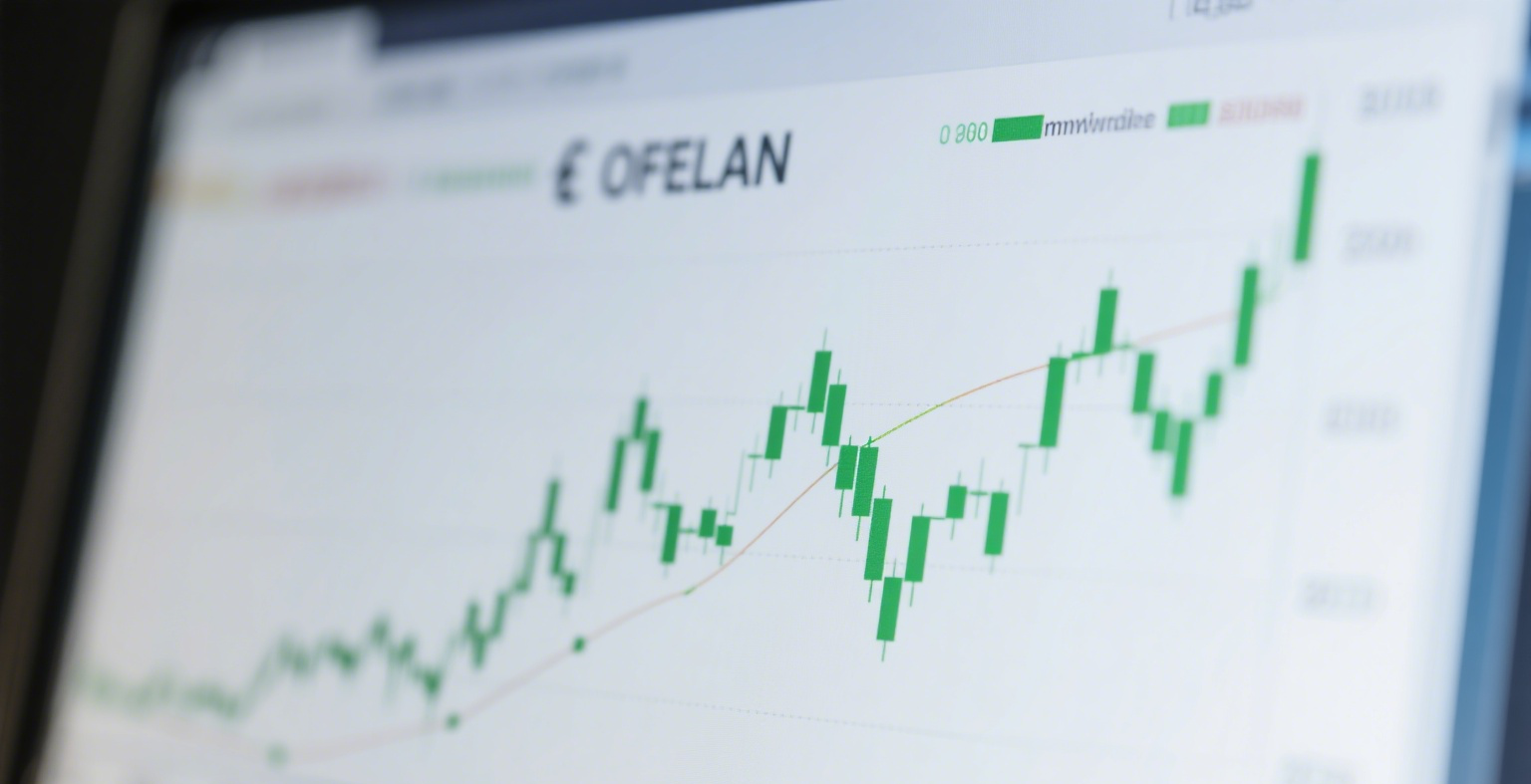
What is Price Trapping and Value Trapping?
In stock investing, most transactions do not occur in the market’s low-price zones, making
"trapping" a common phenomenon. Stock trapping can be categorized into two types:
-
Price Trapping: This occurs when the stock price falls after purchase, preventing investors from selling without a loss—meaning the market price remains below the purchase price.
-
Value Trapping: This happens when the stock’s investment return is lower than the同期 bank deposit interest rate. Whether value trapping occurs depends on the purchase price and the company’s performance, not the current market price.
Example:
-
An investor buys Stock G at ¥5/share with an after-tax profit of ¥0.7/share, yielding a 14% return—far exceeding deposit rates. Even if the price drops (price trapping), the stock is not value-trapped.
-
If purchased at ¥14/share (P/E 20x), the yield drops to 5%, below the 1-year deposit rate, resulting in value trapping.
Four Scenarios of Trapping:
-
Value-Trapped but Price-Unlocked
Despite poor investment value, speculative demand keeps prices high, allowing investors to exit without loss or even profit (e.g., buying at ¥10/share for a stock with ¥0.2 earnings). -
Both Value- and Price-Trapped
Common in overvalued zones (e.g., Shanghai Index >1000 points). Investors face a dilemma: holding yields low returns, while selling incurs losses. Returns may match活期存款 rates. -
Value-Unlocked but Price-Trapped
Stocks bought at fair value (e.g., Shenzhen Index <110 points) may see further price declines (price trapping), but their intrinsic value ensures long-term returns exceed存款利率. Short-term recovery is a matter of time. -
Neither Value- nor Price-Trapped
Buying at market bottoms (e.g., Shanghai Index <400, Shenzhen Index <110) offers high yields and upside potential. Example: In July 1994, Shenzhen Index surged 140% from 94 to 230+ points in weeks.
















